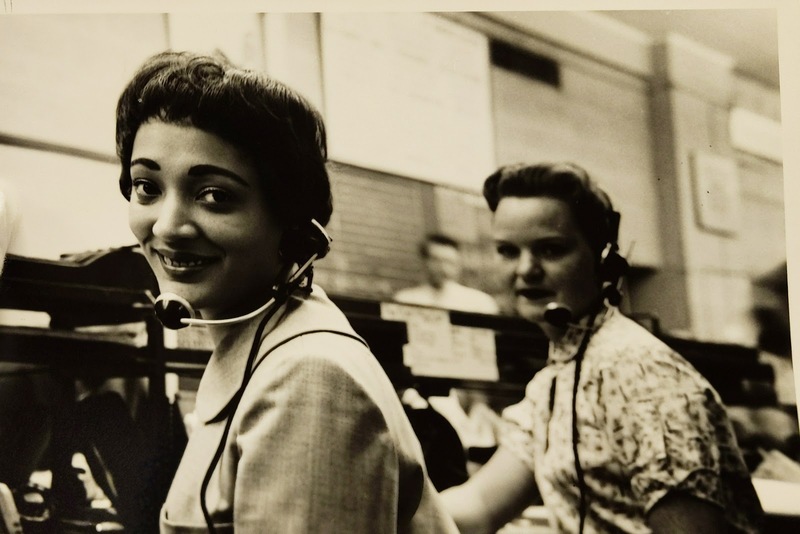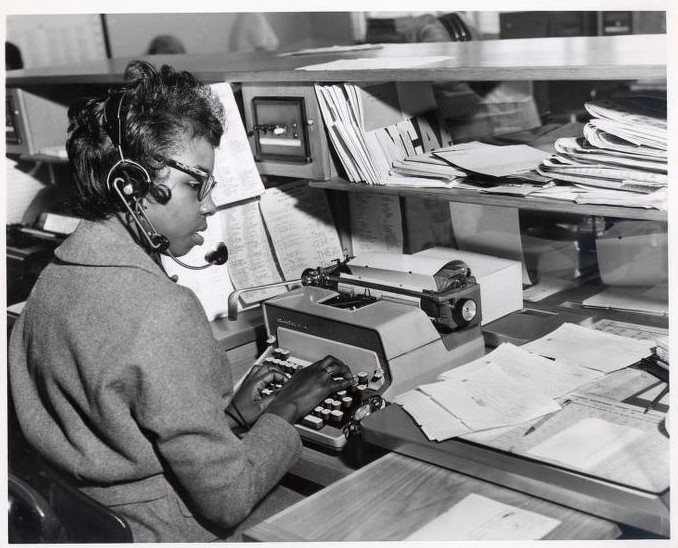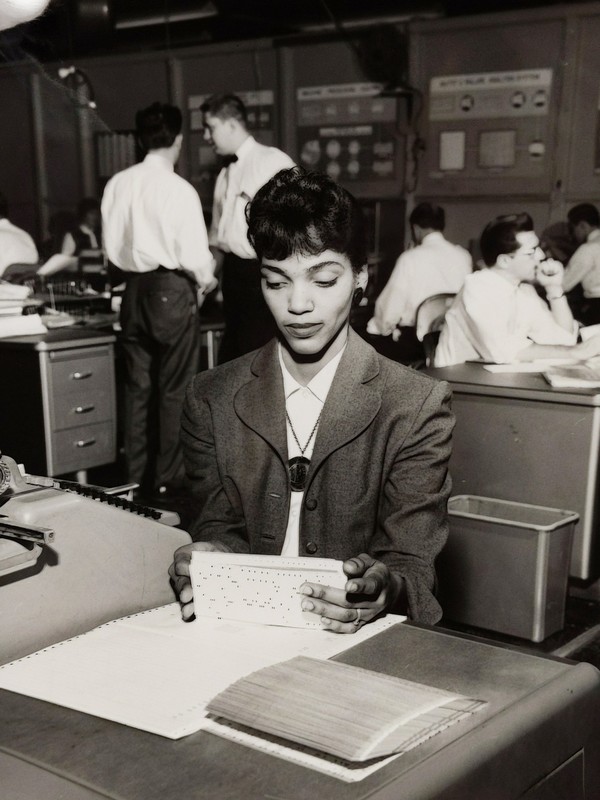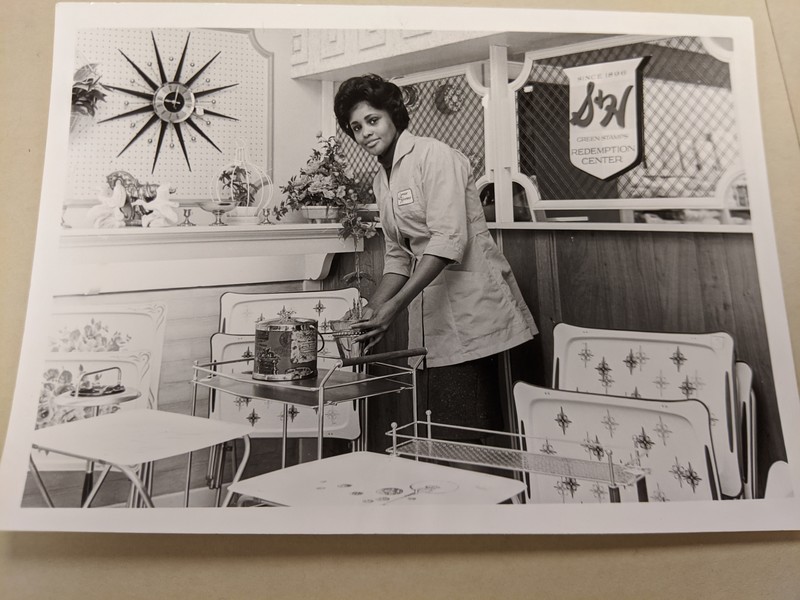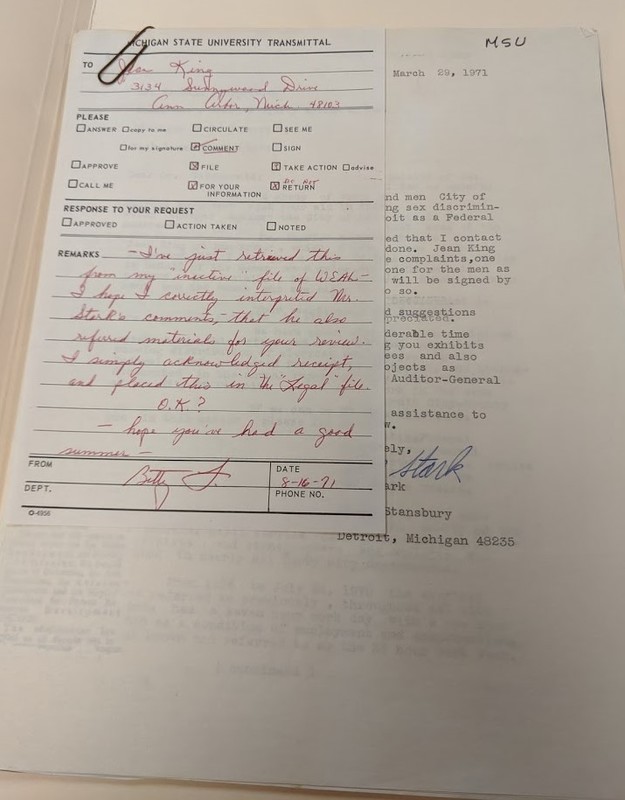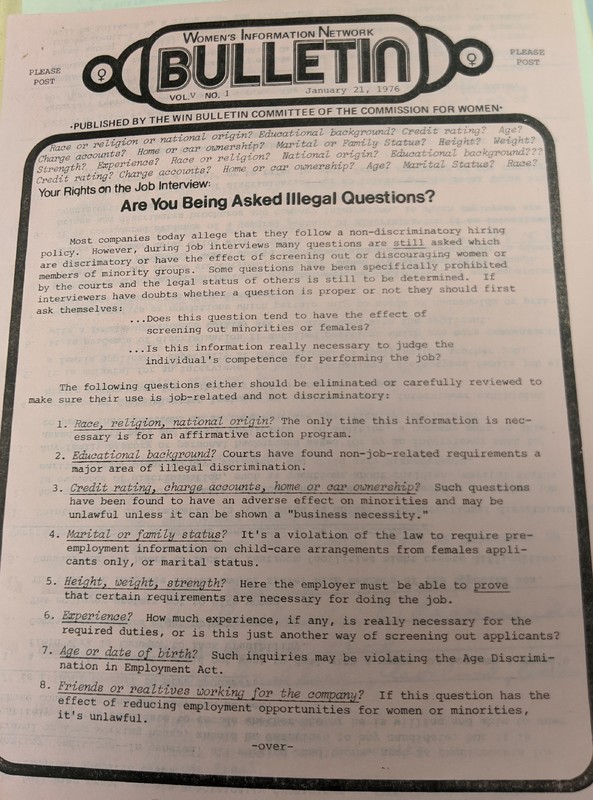Employment: Equal Pay to Sexual Harassment
Women have always been a part of the workforce throughout history, but their roles have been under-researched and deemed as not important in the eyes of many male historians. Though our archive focuses on the 1960s through 1985, it is important to comprehend a bit about what came immediately before this time period in relation to working women. In World War Two as men were going overseas to fight, many women stepped into the workforce in a variety of positions, including in factories as represented by the famous Rosie the Riveter. Many women left the workforce as the men came back from the war to reclaim their jobs (Elisburg, 1978). By the 1960s, however, the number of women in the workforce had reached the same levels seen during World War Two (Elisburg, 1978).
1960s
The 1960s were a time of growth and change for women in the workplace. In 1963 the Equal Pay Act was passed, which required women to receive the same pay as men for performing the same job and ruled that pay could not be determined by sex, although in practice this is not always how it worked (or continues to work). The gender divide was quite present in terms of the types of jobs that were available to women, with many women only having the opportunity take on positions as secretaries, teachers, nurses, social workers, and librarians (Goldin, 2006). Throughout the 1960s, as the participation of women in the work force grew, more African-American women were employed than white women, which is reflected in the archival resources chosen for this decade (Caplow and Bahr, 1991). By the end of the decade, helped by the emerging women's movement, women were starting to challenge the preconceived notions about their roles in society.
1970s
In the 1970s women began putting off marriage and having children in larger numbers while increasing their participation in the workforce (Goldin, 2006). The voices of women grew louder in this period with the help of the second-wave feminist movement, which emerged in the 1960s. More women started entering male-dominated fields. The issues of discrimination on the basis of sex began becoming even more prominent. Though laws existed to prevent sex discrimination, they were not being strictly enforced, making the fight for equal pay even more urgent.
1980s to Today
In the 1980s more working women began to speak out about sexual harassment as well, another longstanding issue in the workplace that still exists today despite the Me Too movement and other efforts to combat it, as seen by sexual harassment lawsuits brought up against companies like McDonald's, news organizations like Fox and NBC, and the list goes on. Pay inequality also persists. According to the Pew Research Center, women make 85 cents for every dollar a man makes, with the numbers going down even more for African-American women who earn 65 cents for every dollar and Latinas who earn 58 cents for every dollar (Patten, 2016). Despite this, women activists continue to strive for change.
